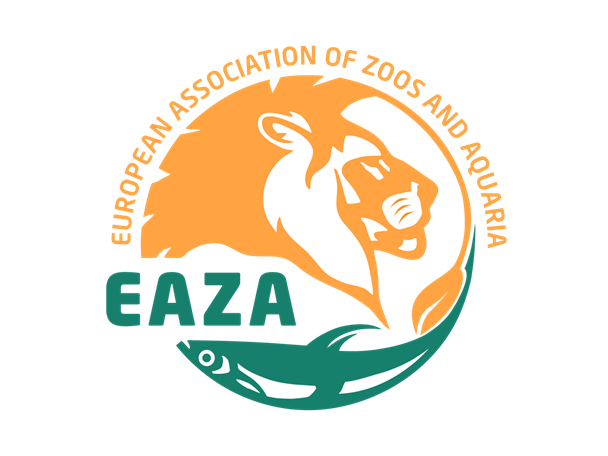
Captive breeding Chestnut teal
By R.F. Brumby, Australian wildfowl pioneer
The late Ron F. Brumby was a wildfowl pioneer in the 1970's and 1980's
He wrote this story, which was shared with us by Trevor Andersen, Australian Avifauna, in 2015
The Chestnut teal (Anus castanea) without a doubt would be the easiest to breed in captivity of all the Australian waterfowl. The adult male with his dark lossy green neck and head, dark brown blotched back deep chestnut breast and dark sides with some feathers showing dark brown blotches, a white strip showing before the glossy green in the wing, also a white patch stands out just before his dark rump and tail. When in full colour the Chestnut teal looks a very attractive bird with his dull light brownish mate swimming around and feeding amongst a mixed collection of native and foreign waterfowl. I keep my Chestnut teal and other waterfowl on a large well planted lagoon.
.jpg)
Above: Ron Brumby's wildfowl collection in the 1980's. Chestnut teal in the front (right).
I have five pair and most seasons breed fifty to sixty young. For nest boxes I use ex army ammo boxes being about two feet high, ten inches wide with a 4 inch hole cut in the front a few inches down from the top. A piece of tin is then nailed on top the box and protrudes out about six inches so as to prevent rain beating in on the entrance hole. A few inches of wood shavings are placed in the bottom of the box. The boxes are nailed securely to the trunks of willows growing along the edge of the lagoon, also a number are placed on the branches of dead trees out into the water.
In a normal season here in Gippsland the Chestnut drakes begin to display to the ducks about the end of June. The males swim about by flicking their tails while uttering a sharp peep to whistle noise. Once paired the drake can be seen inspecting nest boxes with the duck. When they have chosen a certain box they spend a lot of time in the vicinity of that box and will pursue any other waterfowl that come too near. At times i have seen two male chestnuts from nearby nest boxes fight on the water on many occasions. It seems as though they have their patch of water and if another enters this section then it’s really on.
Mating usually occurs here about the first week in July and the first eggs appear in boxes by mid July with the average clutch size of about eight eggs. In their first year ducks will lay only 4-5 eggs. Once the duck finishes laying the eggs are set in a thick layer of dark brown down. In their first year ducks only use a small amount of down in their nest. The duck sits tight and will often sit on her eggs while nest inspection takes place. At all times the drake is found near the nest site and will vigorously drive off other chestnuts that venture near but seems not to worry if any other species of duck swim near the nest box.
Incubation takes about 28 days with the duck leaving the nest upon feed time at around 8 am in the morning then 5.30 in the afternoon. The ducks cover their eggs with down before leaving the eggs to feed. They spend about five minutes eating their grain and pellets and will then spend about fifteen minutes splashing in the water and surface feeding before returning to the nest. The drake will swim close by the duck at all times whilst this takes place. The duck always makes sure her breast feathers are thoroughly damp before she heads back to her nest. The eggs pip two days before hatching. When the ducklings have hatched the duck spends about a day in the nest box before calling them out onto the water. The ducklings climb out of the nest box then fall into the water where they are greeted by the parents. They are then herded to together by their parents who guard them continuously. I feed all my waterfowl on wheat, layer pellets and turkey starter. The young only take a day to acquire a taste for the turkey starter and after about a week become tame and will swim up and will take food from your hand. They grow very fast and can fly at around eight to nine weeks of age. The Chestnut teal is a delightful bird to have in any waterfowl collection, always active, good breeders and very attractive to look at.
Dedicated to Ron F. Brumby who passed away with leukemia

Above: adult male Chestnut teal





